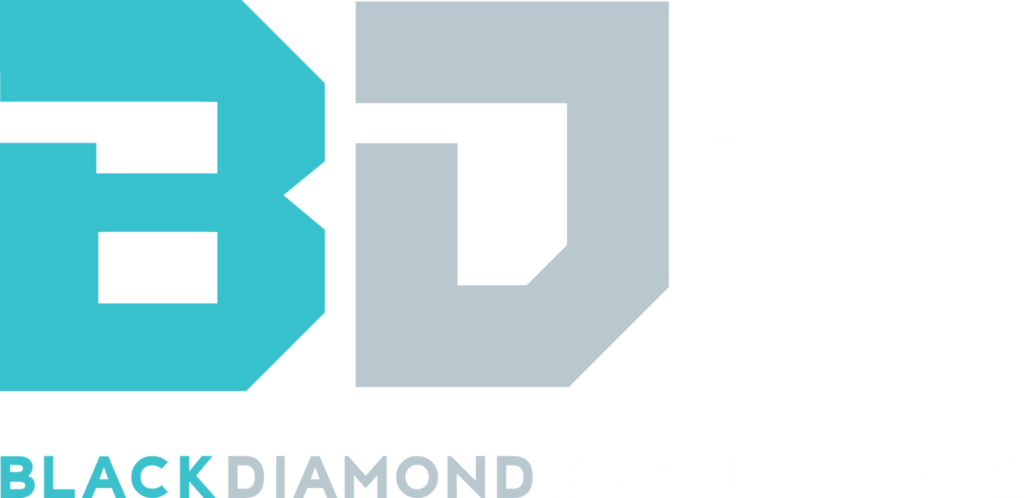Let’s be honest. Cardio isn’t for everyone. The thought of running for hours on a treadmill doesn’t always motivate us to get to the gym.
Most are familiar with the widely-known rule that cardio is for losing weight and weight-lifting is for gaining muscle. But, let’s dig deeper into this. I want you to ask yourself: do I want to decrease the number on the scale or do I want to lose fat and become a leaner, more toned, athletic version of myself? These are two separate goals, the latter involves strength training and may not equate to a lower number on the scale. If you’re laser-focused on getting down to a certain weight with solely cardio, you may sacrifice muscle mass in the process, and this can actually sabotage weight-loss.
Jason Stella, corrective exercise specialist (NASM-CES) and head of training at LifeTime Fitness explains: “Muscle contraction is a primary engine of fat loss. The more muscle mass you have to contract, the more calories you can burn.”
Women, in particular, often run and diet and run some more and still have a hard time achieving the results they desire. Often, strength training is the missing piece to your fitness puzzle. Remember that your goals should always be tied to a level of physicality that has you feeling your best; not necessarily a number on a scale.
Whether you’re not exactly a fan of cardio, or you’re looking for strength training exercises to break through a plateau in progress, this article is for you. Read on to learn ways to lose fat, tone up and get lean without focusing primarily on cardiovascular exercise.
Now, let’s begin by differentiating aerobic and anaerobic exercise. These terms refer to the amount of oxygen needed to perform an activity.
“Aerobic exercise increases your endurance and cardiac health while anaerobic exercise will not only help you burn fat but also help you gain lean muscle mass” (active.com).
Examples of aerobic exercises are jogging, hiking, swimming, boxing, etc. Whereas anaerobic activities are short bursts of intensity, like sprinting or heavy lifting.
If you’re looking for a workout that burns more fat in your rest time, the hours and days following, not just during your time on the treadmill, anaerobic exercise is for you.
However, both are needed to burn more calories than you take in. We recommend combining strength training with resistance cardio for optimal results. Strength training will allow you to endure more aerobic training. The stronger you are the less effort is required for aerobic exercise.
Strength Training for Fat Loss: The Basics
1. At least three to four times a week (on nonconsecutive days) train your whole body.
2. Focus on compound, multi-joint movements with free weights.
-Dumbbell Lunges
-Barbell Deadlifts
-Military Press
-Barbell Squats
-Dumbbell Shoulder Press
Just to name a few.
3. Choose your weight wisely. If you’re a beginner your weight should allow you to complete no more than three to four sets of 12 to 15 reps. Or if you’re an experienced lifter, six to eight reps.
4. Your rest time in between sets should be under a minute.
5. Alternate your sets between your upper-body and lower-body exercises.
6. Remember to continuously challenge yourself with variations of movement and heavier weight allowance.
HIIT (high intensity interval training) is designed to torch the maximum amount of calories in the shortest possible time.
Resistance Cardio for Fat Loss
Incorporating weight into your cardio routine can be a great way to switch it up from the traditional stairmaster climb or endlessly running on the treadmill. Get creative with the ways you incorporate resistance. You can combine weight with movement like kettlebell swings, weighted jump squats, deadlifts, ropes, etc. Or you can go for body weight training like pullups, burpees, rotating side planks, etc. Try spicing up your stairmaster climb by lunging or adding a bicep curl.
So now you know the crucial role strength training plays in burning fat. We hope this advice helps you reach your goals. And if straight cardio isn’t your thing, hopefully our alternative suggestions help to justify ditching the treadmill without the guilt.






